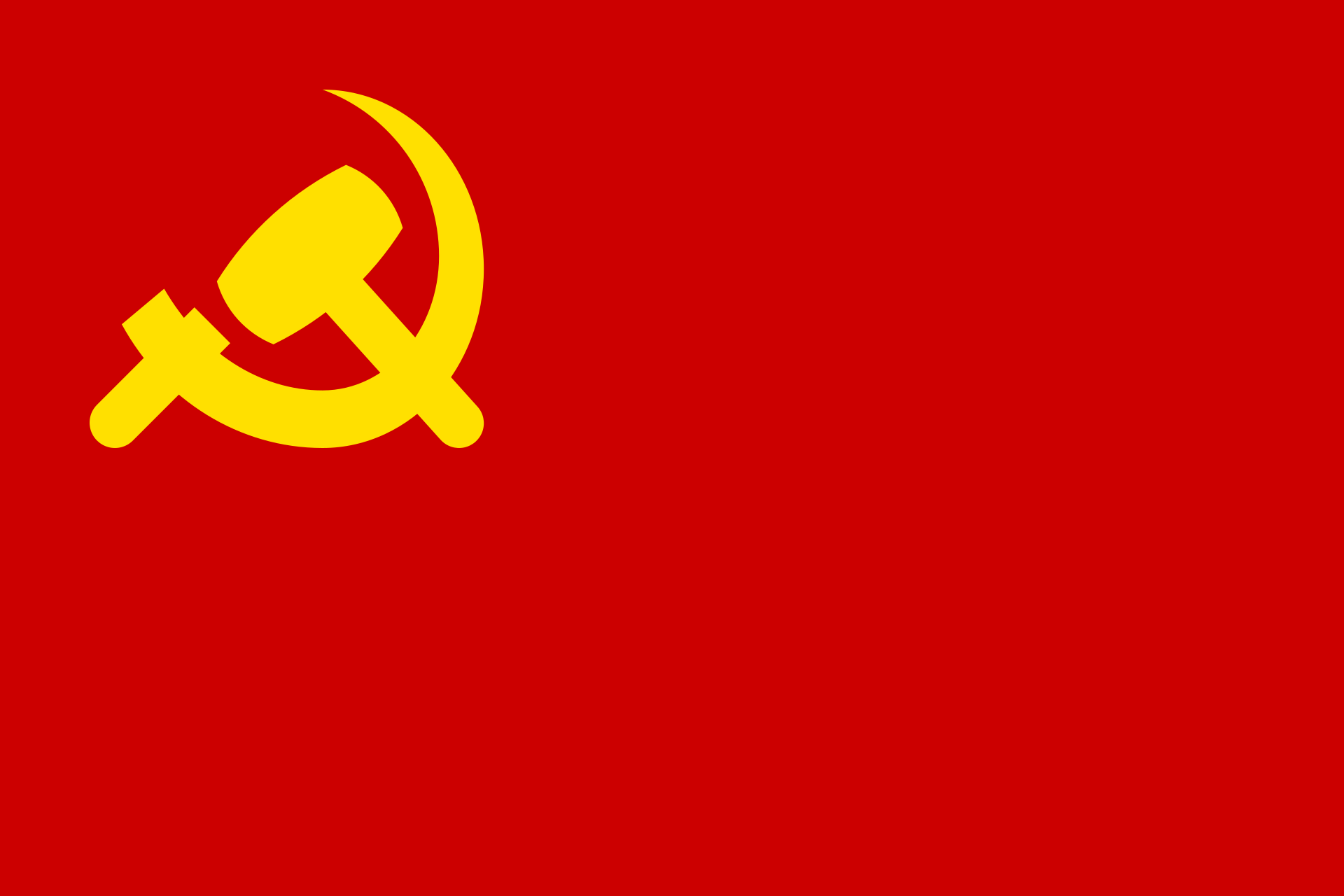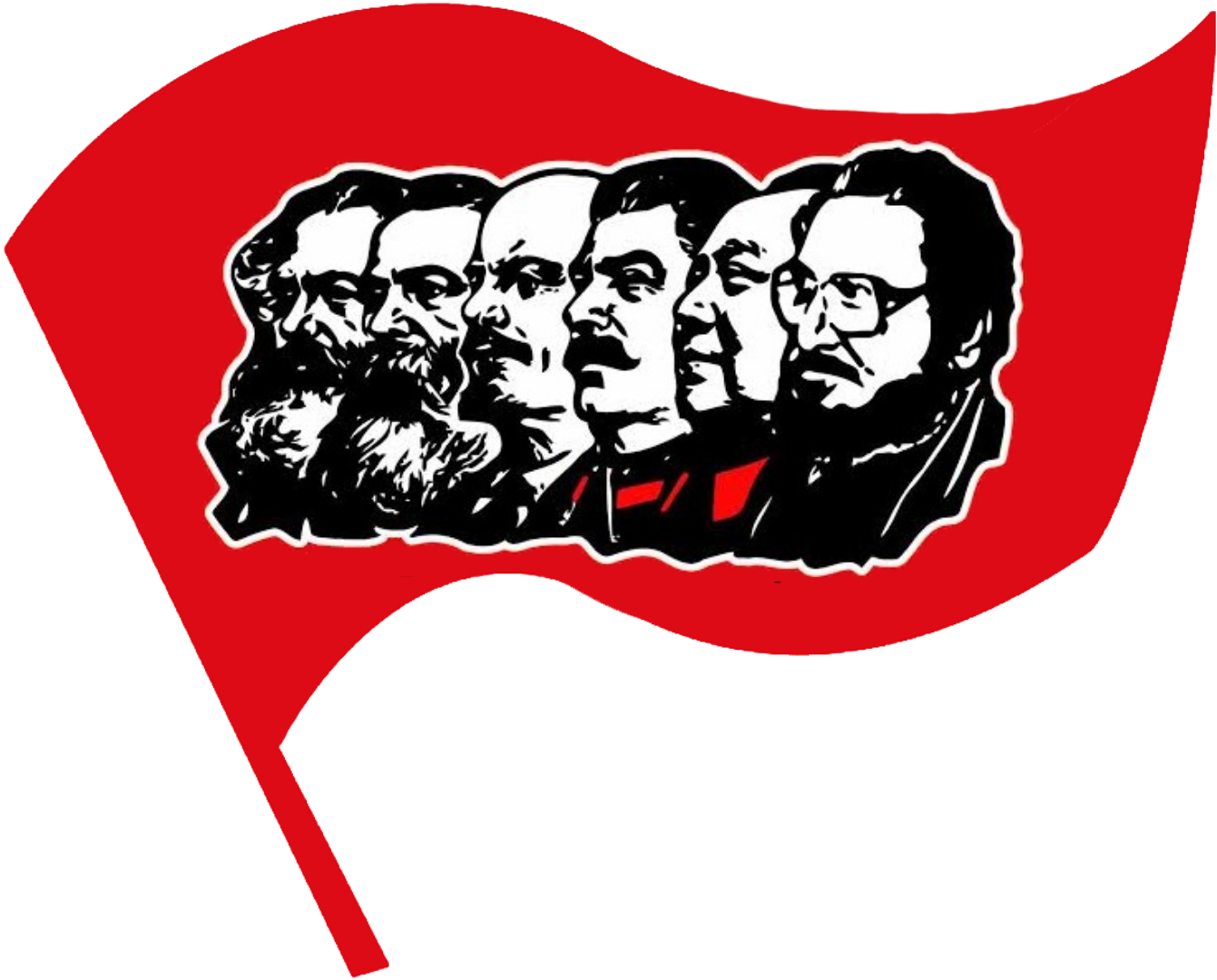Peruvian Communist Party Partido Comunista del Perú | |
|---|---|
 Flag of the PCP | |
| Abbreviation | PCP |
| Founder | Abimael Guzmán |
| Founded | 1969 |
| Split from | Peruvian Communist Party (Marxist–Leninist) |
| Succeeded by | Militarized Communist Party of Peru |
| International affiliation | Revolutionary Internationalist Movement |
| Slogan | ¡Viva la Guerra Popular! ¡Guerra Popular hasta el comunismo! ("Long live the People's War! People's War until communism!") |
| Part of a series on |
| Maoism |
|---|
 |
The Communist Party of Peru – Shining Path (CPP-SP),[a] more commonly known as the Shining Path, is a Marxist-Leninist-Maoist party and guerrilla organization in Peru founded in 1969 after an organizational split with the Communist Party of Peru – Red Flag.
Using its militant wing, the People's Guerrilla Army, the PCP has been engaged in a Protracted People's War against the bourgeois government of Peru since 1980, with the intention of creating of Socialist state and ultimately reaching Communism.[1]
The PCP rejected all self-proclaimed Socialist states at that time, viewing them as revisionist and having restored Capitalism, and firmly based its ideology on the teaching of Mao Zedong, with which they developed his ideas into Marxism-Lenin-Maoism, a universal form of Mao Zedong Thought.[2]
The party, founded and led by Abimael Guzmán, has recived criticism for its large centralization of its leadership,[3] and alleged crimes it had commited during the People's War against the brutal semi-Fascist government that had existed.[4][5]
History
The Shining Path began to organize between 1968 and 1970 when Abimael Guzmán and his followers split from the Communist Party of Peru – Red Flag after conflicts between the center and periphery of the party.[6] At the time, Guzmán was a professor at the University of San Cristóbal de Huamanga since 1962 in the city of Ayacucho, at the time a remote city neglected by the Peruvian state.[7]
| Part of a series on |
| Communist parties |
|---|
List of alleged crimes
References
- ↑ "Eternal Glory to Chairman Gonzalo" (2021-9-25). Tjen Folket Media. Retrieved 2022-10-16.
- ↑ Deng's Dogs
- ↑ Peru’s ruling elite unleashes anti-communist tirade after Shining Path leader’s death
- ↑ BJ Murphy (2010-8-1). "The Shining Path Revealed: Behind the Lies & Propaganda" The prison gates are open. Retrieved 2022-10-16.
- ↑ Silvio Rendon (2019). A truth commission did not tell the truth: A rejoinder to Manrique-Vallier and Ball. [PDF] SAGE journals. doi: 10.1177/2053168019840972 [HUB]
- ↑ “By 1966, Guzman and his followers at Huamanga were part of the Maoist Partido Comunista del Peru- Bandera Roja (PCP-BR, Communist Party of Peru-Red Flag). The relationship between center and periphery in the party was an uneasy one, nevertheless, with the withdrawal/expulsion of the "country bumpkins" of Huamanga occurring between 1968 and 1970. It was at this time that the Guzman faction adopted the title of Partido Comunista del Peru en el Sendero Luminoso de Mariátegui (Communist Party of Peru in the Shining Path of Mariátegui), known to outsiders as Sendero Luminoso.”
David Scott Palmer (1986). Rebellion in Rural Peru: The Origins and Evolution of Sendero Luminoso. Comparative Politics, vol.18, no. 2. doi: 10.2307/421840 [HUB] - ↑ “The University of San Cristóbal de Huamanga, where Abimael Guzmán taught for 12 years, starting in 1962, is located in what was then a remote capital, Ayacucho, connected to the outside world by a one-lane road in the indigenous heartland of the Peruvian sierra.”
David Scott Palmer (2016). Shining Path of Peru: a product of Latin American university radicalism? (p. 7). Journal of Security Studies. [PDF] Ankara: Turkish National Police Academy. - ↑ 8.0 8.1 The Shining Path of Peru
- ↑ Deng's Dogs
- ↑ April 3, 1983 | Massacre of peasants in Peru
- ↑ The Shining Path controversies that spurred Peru’s gov’t shake-up
- ↑ Interview with Chairman Gonzalo
- ↑ Three dead, homes and school damaged in rebel attack
Notes
- ↑ Spanish: Partido Comunista del Perú – Sendero Luminoso (PCP-SL)